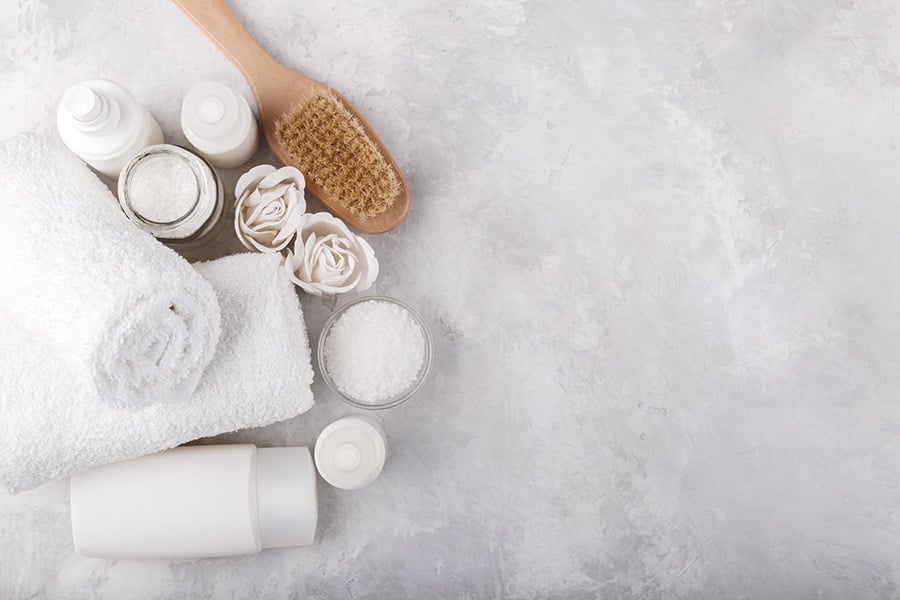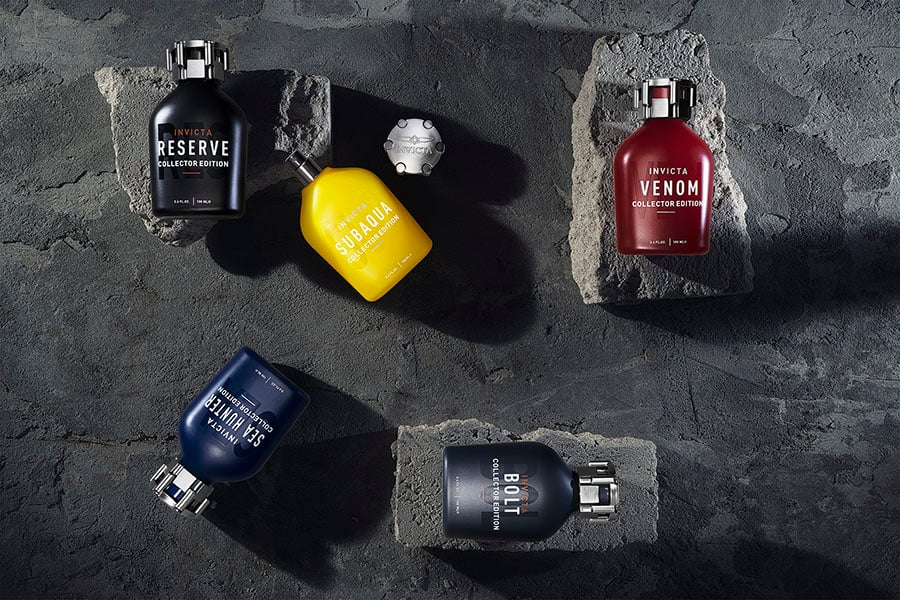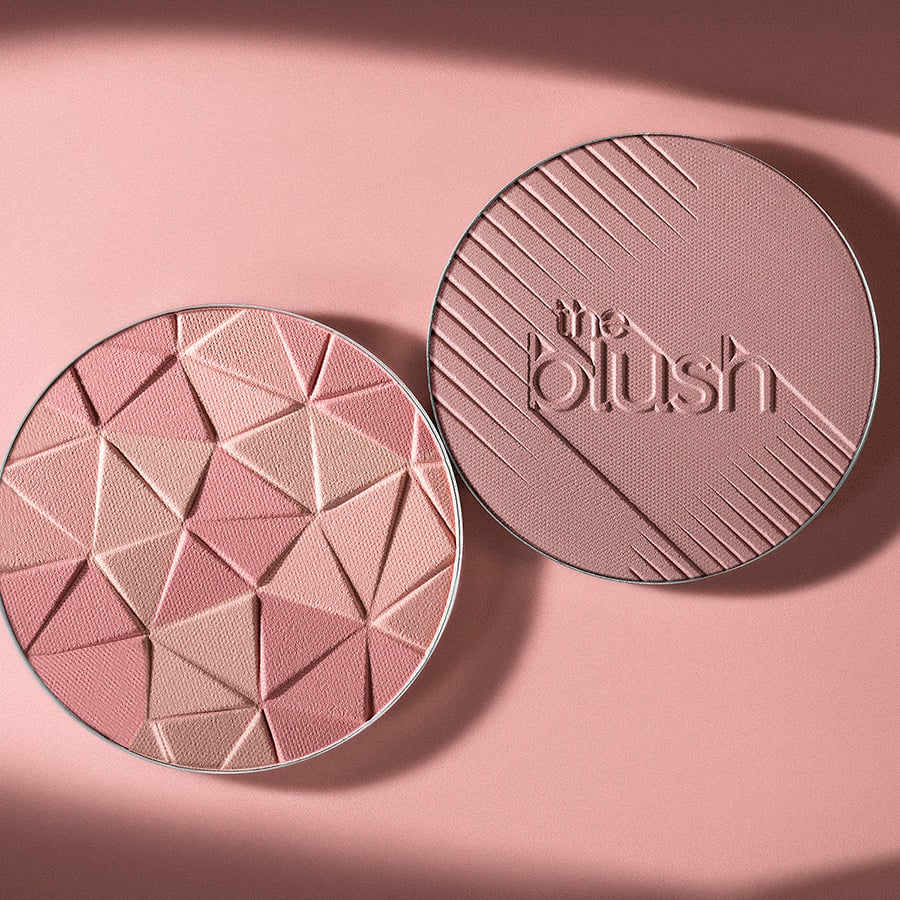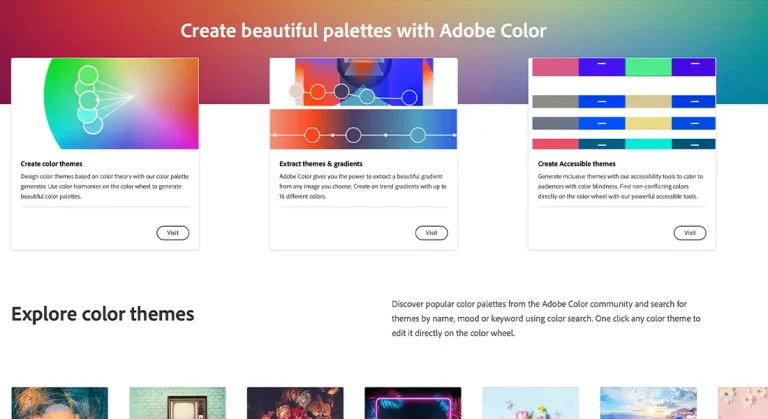10 Key Steps to Perfect Flat Lay Photography

Unless you’ve been living under a rock (or at least somewhere that lacks Wi-Fi) and have also wholly avoided abstained from social media, you’ve probably seen countless flat lay photographs clogging up your feed. Don’t recognize the term? A flat lay is essentially a picture of a product or other object that’s been taken from above, showcasing said product without any visual clutter or distractions. It’s a major boon for businesses and is a fantastic way to inject a little fun into your product marketing.
However, don’t be fooled. The concept of flat lays may be pretty straightforward, but the techniques and approaches associated with them aren’t quite as simplistic as they may appear on the surface. It truly takes a skilled, creative camera person to get the most out of it, really make their images pop. Want to find yourself amongst these ranks? Keep reading for a few tips and tricks that should help you become an absolute pro at flat lay photography.
The Importance of Flat Lay Photography
When done wrong, flat lay photography is just sad and dull. It’s likely to come off as uninspired and like an afterthought, more often inspiring potential customers or followers to click away than piquing any interest in your page, product, or service. This is clearly not what you’re going for, especially for those of you who utilize your flat lays as a marketing tool.
The photography style is specifically meant to draw the audience in, tell a story about not only what value their goods can add to a person’s life and what separates these goods from those offered by the million other brands out there, but also how your brand fits into their personal sphere, as well. In other words, it’s meant to inspire an emotional connection that can turn whoever sees it from a passive viewer into an engaged, buying customer.
Done correctly and in an aesthetically pleasing way, this can be achieved. You can easily convince consumers that opting for your products and brand is the right choice for them, that you have something for them that others don’t. Increased profit, social media engagement, and customer loyalty, and more’s also right around the corner.
But it all hinges on getting your flat lay photography down pat, and since practice makes perfect, you might want to get started on that. No time like the present.
Flat Lay Dos and Dont's
There are no hard and fast rules to flat lay photography. As long as you’ve got a central focus and are shooting overhead, you’re pretty much good to go. However, we do have a few dos and don’ts that can aid you in your quest to get the most out of your images.
DO: Keep it Minimal

Most people don’t recognize the distinction, but there’s a difference between ‘minimal’ and ‘simplistic.’ Minimalistic principles rely on quality over quantity, sleek lines, effortless appeal, and refinement above all else.
It doesn’t lack depth – it’s merely embracing depth in perfected aesthetics rather than ones that are loud and busy or bland and uninteresting. Meanwhile, simple things (whether that be fashion, photography, etc.) eschew depth and provide the bare minimum as far as appearance is concerned.
Not exactly what you’re going for, so you should instead try to utilize minimalism in your flat lay photography. Avoid overcomplicating your setup or allowing it to become too busy. Whatever product you’re featuring should be the star of the show, with everything else playing a role as supporting actors.
This means to choose prints, colors, props, etc., that will complement it rather than overpower it and let it speak for itself. Keep this in mind during your shoot, and the rest will likely start falling into place.
DON'T: Be Unfocused
Along with embracing minimalism, you’ll do right by your flat lay photography if you stay focused. As said before, the product, service, or whatever else you’re featuring in your image is the star. You’re trying to sell it, show consumers that they should take a few seconds out of their busy schedules to give it more than a passing glance.
You can’t do that by allowing your shoot and ultimate image to be all over the place. An overcomplicated, crowded, and thematically messy photo is one that’ll do you no favors.
Remind yourself to stay focused, and you won’t have to worry about it. Find that easier said (or written, we suppose) than done? Identify what your shoot’s main subject is, what mood you’re trying to convey, and what message you’re trying to send to the audience. This should clarify what’s important, which should help guide you when making hard choices about backgrounds, lighting, and arrangement.
DO: Use a Consistent Shoot Time
Many small details and specifics can completely change your flat lay results, yet people are often either completely unaware of them or too distracted with the big pieces of their shoot to give them much thought. Don’t fall into this trap, particularly with timing.
The time you start your photoshoot dramatically affects the lighting of the scene you’re trying to set and can throw off an entire project if you’re not careful.
This means you should always have a consistent shoot time. There isn’t one size fits all that works for everybody, so the choice is up to you. Go off of what lighting looks best and what complements the vibe you’re going for.
What matters is that you pick a time and stick with it since you want all of your photos to have the same lighting. In a similar vein, you should also consider any other factors that might affect your image’s lighting, like clouds, surrounding shadows, etc. Consistency is key.
DON'T: Forget to Use Shadows and White Space

Do you know how we literally just mentioned how vital timing is to the outcome of your flat lay photographs?
Well, it’s essential for more than just the lighting of your shoot. It’s also critical because it determines how shadows play around the objects and other elements you’re highlighting. You’ll want to use these to your advantage, so plan your shoot accordingly.
You should strive for a good balance between soft shadows and highlights, empty space, and filled. That’s not to say that there’s not a time and a place or a certain allowance for exceptionally light or particularly dark spots.
Although, something more in the middle is generally better for most flat lays as spotlights surrounded by tons of dark don’t turn out the best since they can obscure or cause your main focus to get lost.
DO: Stay on Brand
Since flat lays are all about telling a story, they’re also all about telling the audience who you are and what your brand is – what it believes in, what it represents, and what it can do for customers and people everywhere.
That’s a pretty big job and one that can’t be done randomly throwing together a shoot on the fly and disregarding the details. You want to be very intentional with everything you do.
Remember: all images, text, products, and marketing materials are a direct representation of your brand. You want to represent it well.
Part of that involves staying on brand, regardless of the specific story you’re trying to tell with your flat lay. It’s a piece of a much larger puzzle, so treat it as such. Consider your whole company’s narrative or page and compare it with what you’re trying to create in your image. Do they line up, at least somewhat?
Does it reinforce your overall message? Does it support what your brand is as a collective? The answer should ideally be yes, strengthening your brand identity and forming a cohesive picture for your audience. If it’s not, though, it’s probably time to re-examine your flat lay plans.
DON’T: Be Afraid of Bending (or Breaking) the Rules
We’re well aware that all of these are a lot of “rules” or suggestions. There’s good cause for them since they can provide a good starting point for getting the results you want from your flat lays.
But that doesn’t mean you shouldn’t go questioning them or trying to find your own path. These dos and don’ts are not meant to be taken as gospel. They’re simply a guide to get you going.
Don’t be afraid to break out of these boundaries and experiment. After all, as the old saying goes, rules are meant to be broken. Bend them, bust them, completely disregard them, and repurpose them as you see fit. That’s art!
Play with shadow and light. Change up angles to something other than straight overhead. Have fun with color. Just do whatever makes sense at the time and go from there. Who knows? You might end up discovering a whole new layer that makes your flat lays better than ever before.
if you’re looking to increase your online conversion but still feel you are not sure where to start – check out these resources below:








1 thought on “10 Key Steps to Perfect Flat Lay Photography”
Love the read about the Flat Lay Photography, I personally do lots of ghost, but thanks for the info.